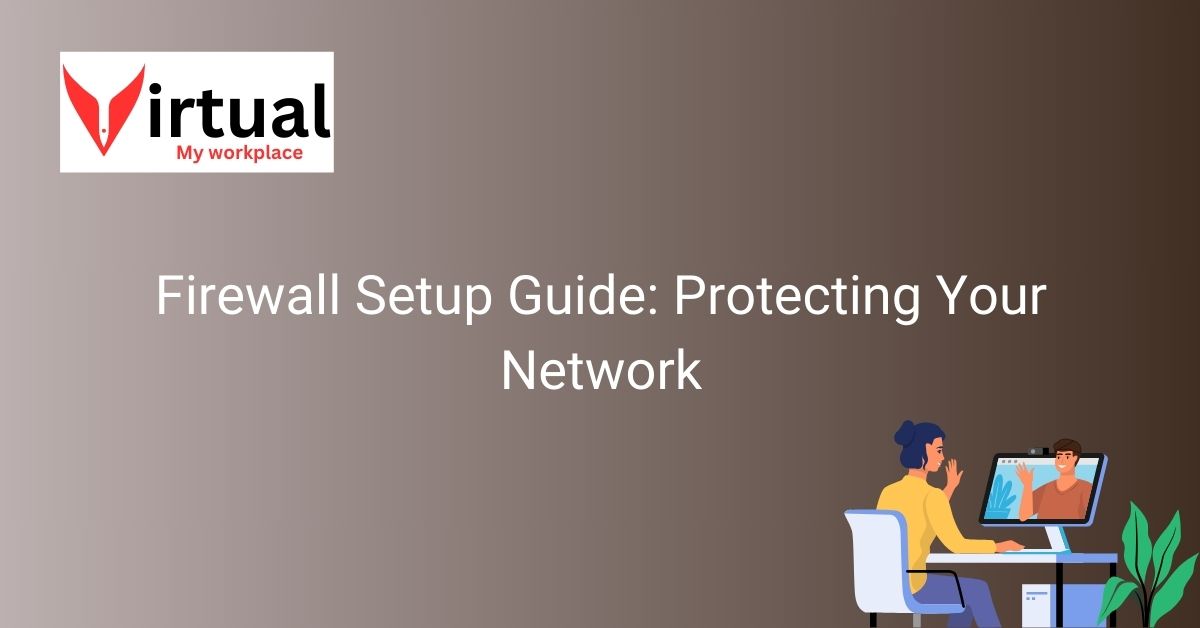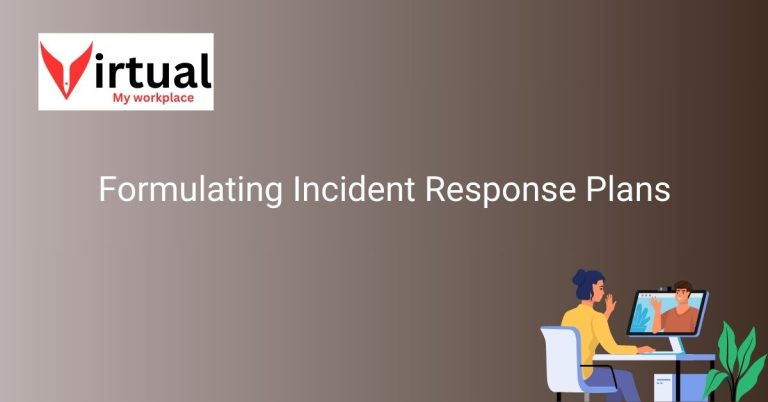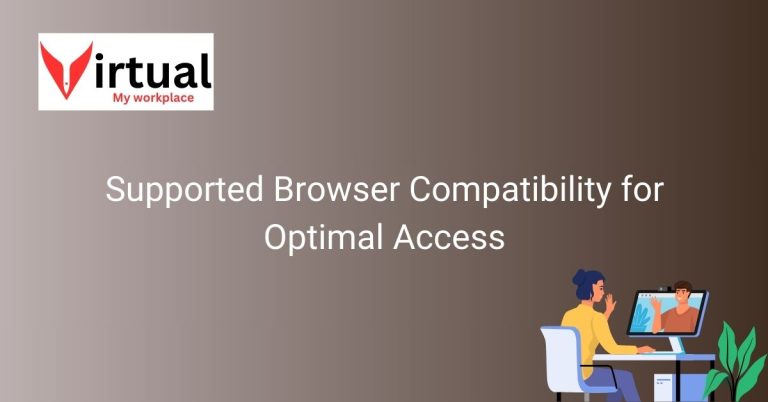Firewall Setup Guide: Protecting Your Network
Ensuring the security of your virtual workplace is paramount in today’s digital age. By implementing a robust firewall setup, you can protect your network from potential threats and unauthorized access. Safeguarding sensitive information and maintaining the integrity of your data is crucial for the smooth operation of your virtual workplace.
Understanding the importance of firewall setup is essential for safeguarding your network. By following a comprehensive guide on protecting your network, you can create a secure environment for your virtual workplace. Stay ahead of cyber threats and ensure the safety of your data with an effective firewall setup.
Importance of Firewall Setup for Network Security
Protecting your virtual workplace from cyber threats is crucial in today’s digital landscape. A firewall acts as a barrier between your internal network and external threats, ensuring that only authorized traffic can enter and exit your system. By setting up a firewall, you can prevent malicious attacks, unauthorized access, and data breaches, safeguarding the confidentiality, integrity, and availability of your sensitive information.
Benefits of Implementing a Robust Firewall
Implementing a robust firewall offers numerous benefits for your virtual workplace. It helps in identifying and blocking potential threats, such as malware, ransomware, and phishing attacks. A firewall also allows you to control network access, enforce security policies, and monitor network traffic effectively. By investing in a firewall setup, you can enhance your network security, mitigate risks, and ensure a safe working environment for your employees.
Steps to Secure Your Network with Firewall
Securing your network with a firewall involves several essential steps. Firstly, you need to assess your network infrastructure, identify potential vulnerabilities, and determine your security requirements. Next, choose the right firewall solution based on your network size, complexity, and budget. Configure your firewall settings according to best practices, update firmware regularly, and monitor network activity for any suspicious behavior. Regularly review and update your firewall rules to adapt to emerging threats and ensure ongoing protection.
Common Firewall Configuration Mistakes to Avoid
While setting up a firewall is crucial for network security, there are common configuration mistakes that you should avoid. These include using default settings, overlooking rule prioritization, neglecting to update firmware, and failing to conduct regular security audits. Avoiding these mistakes is essential to maximize the effectiveness of your firewall setup and maintain a strong defense against cyber threats.
Enhancing Data Protection through Firewall Setup
Enhancing data protection through firewall setup is essential for safeguarding sensitive information within your virtual workplace. A firewall helps in encrypting data, controlling access to confidential files, and detecting unauthorized attempts to breach your network. By implementing advanced security measures, such as intrusion detection and prevention systems, you can enhance data protection and ensure compliance with data privacy regulations.
Firewall Setup Best Practices for Virtual Workplaces
Implementing firewall setup best practices is crucial for securing virtual workplaces effectively. Ensure that your firewall is configured to filter both incoming and outgoing traffic, implement a multi-layered security approach, and regularly update firewall rules to address new threats. Train your employees on cybersecurity best practices, conduct regular security assessments, and collaborate with IT professionals to optimize your firewall setup for maximum protection.
Monitoring and Maintaining Firewall Security
Monitoring and maintaining firewall security is essential for detecting and mitigating potential security risks. Regularly monitor firewall logs, analyze network traffic patterns, and investigate any suspicious activities. Conduct routine security audits, update firewall policies, and patch vulnerabilities promptly to prevent cyber threats. By staying proactive in monitoring and maintaining firewall security, you can ensure the ongoing protection of your virtual workplace.
Advantages of Regular Firewall Audits
Regular firewall audits offer several advantages for maintaining network security. Audits help in identifying misconfigurations, rule violations, and potential vulnerabilities within your firewall setup. By conducting regular audits, you can optimize firewall performance, identify security gaps, and enhance overall network protection. Collaborate with cybersecurity experts to perform thorough firewall audits, address security concerns, and fortify your virtual workplace against evolving cyber threats.
Frequently Asked Questions
Have questions about protecting your network with a firewall setup? Find answers to common queries below.
What is a firewall and why is it important for network security?
A firewall acts as a barrier between your internal network and external threats, controlling incoming and outgoing traffic to prevent unauthorized access and potential cyber attacks. Implementing a firewall is essential for safeguarding sensitive data and ensuring the integrity of your network.
How does a firewall work to protect my network?
Firewalls analyze data packets entering and leaving your network, applying predefined rules to either allow or block traffic based on security policies. By monitoring and filtering network traffic, firewalls help prevent malicious activities and unauthorized access.
What are the different types of firewalls available for network security?
There are several types of firewalls, including packet filtering firewalls, proxy firewalls, stateful inspection firewalls, and next-generation firewalls. Each type offers unique features and capabilities to protect your network from various cyber threats.
How can I ensure my firewall setup is effective and up-to-date?
To maintain optimal security, regularly update your firewall software and firmware to patch vulnerabilities and address emerging threats. Conduct regular security audits and monitor firewall logs to identify and respond to potential security incidents promptly.
What are some common challenges in firewall configuration and management?
Configuring and managing firewalls can be complex, requiring expertise in network security and understanding of firewall technologies. Common challenges include misconfigurations, rule conflicts, and balancing security with network performance.
How can I enhance network security beyond firewall protection?
In addition to firewall setup, consider implementing multi-factor authentication, intrusion detection systems, and regular security training for employees. Establishing a comprehensive security strategy will strengthen your overall defense against cyber threats.







